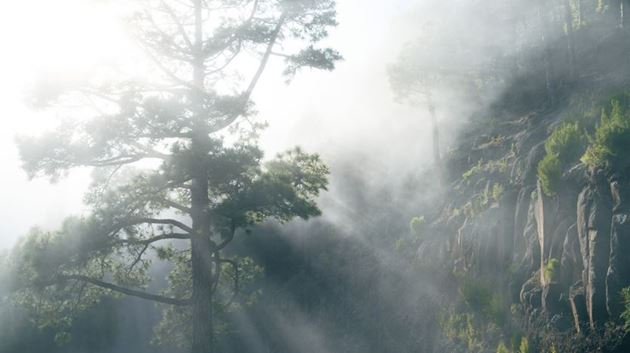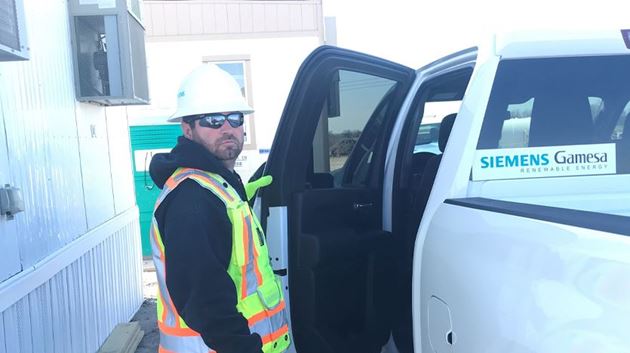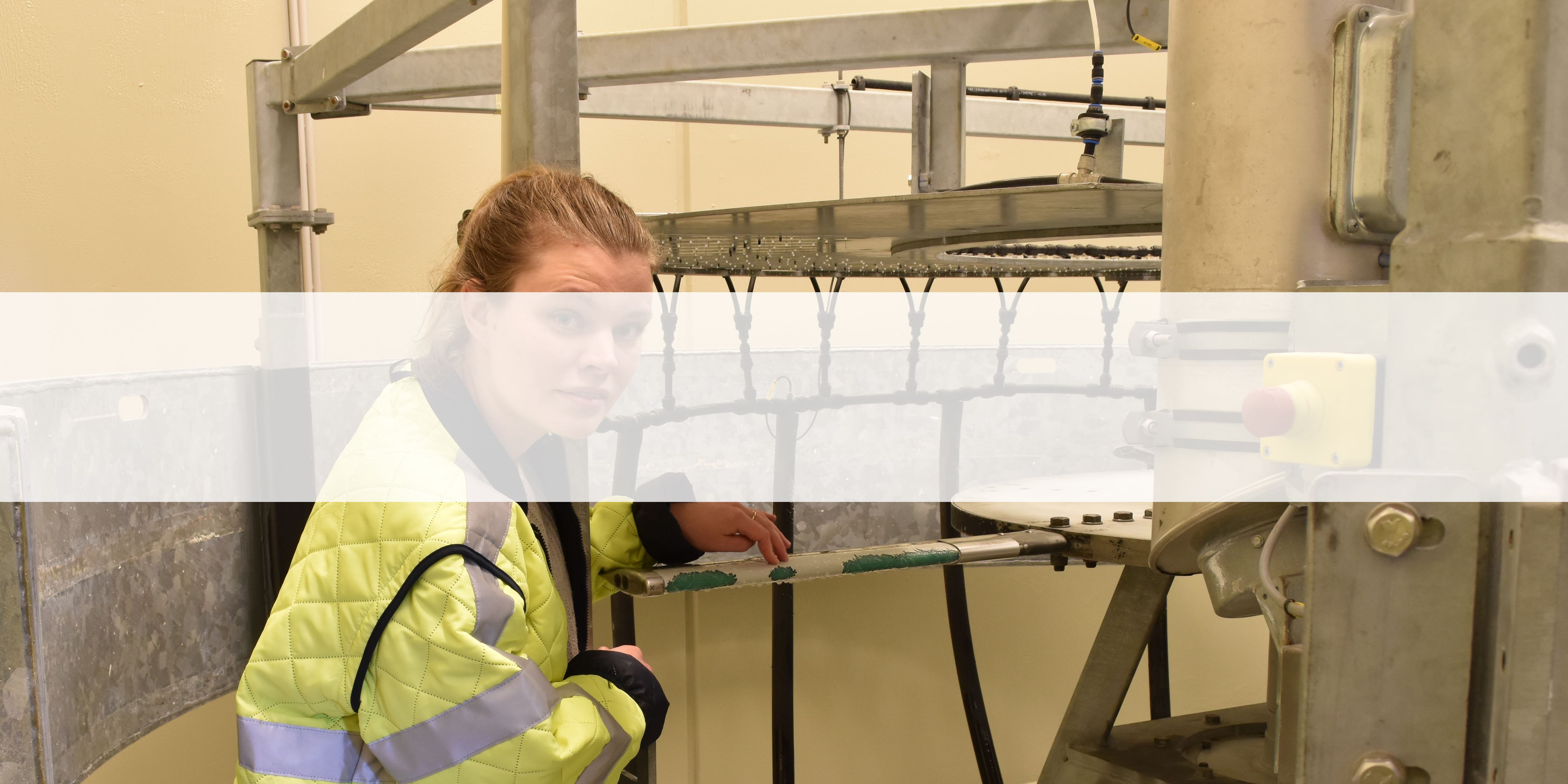
At the leading edge, solving industry challenges
Brande / 24 April 2020
On a rainy Friday morning in Aalborg, Denmark, we meet Kine Hoegseth Joakimsen – a 30-year-old test engineer in Siemens Gamesa. She is one of the heroes who works tirelessly every day to help solve one of the major challenges facing the wind industry – how to mitigate the damage caused by rain erosion on the leading edges of wind turbine blades. The work that Kine and her counterparts carry out plays an important part in the evolution of the entire wind industry.
Leading-edge erosion is a phenomenon where the leading edge of a wind turbine blade, which is the part facing the wind, is subject to fatigue over time, causing it to cast off small chips. This erosion is accelerated by rain and other environmental factors such as sand. In recent years, the tip speed, and hence the speed of the leading edge of the blade, increased greatly in proportion to rotor size. This evolution has greatly accelerated the pace of this industry-wide challenge, which only became evident a relatively short number of years ago.
"When we began to study the topic of rain erosion, we discovered that the bulk of the information we had was mostly theory from the 1950s, when research was carried out in connection to the airplane industry,” Kine explains. To address this issue, which is a huge challenge to the wind industry overall, great investments have gone into research and testing to gather knowledge that could lead to practical solutions.
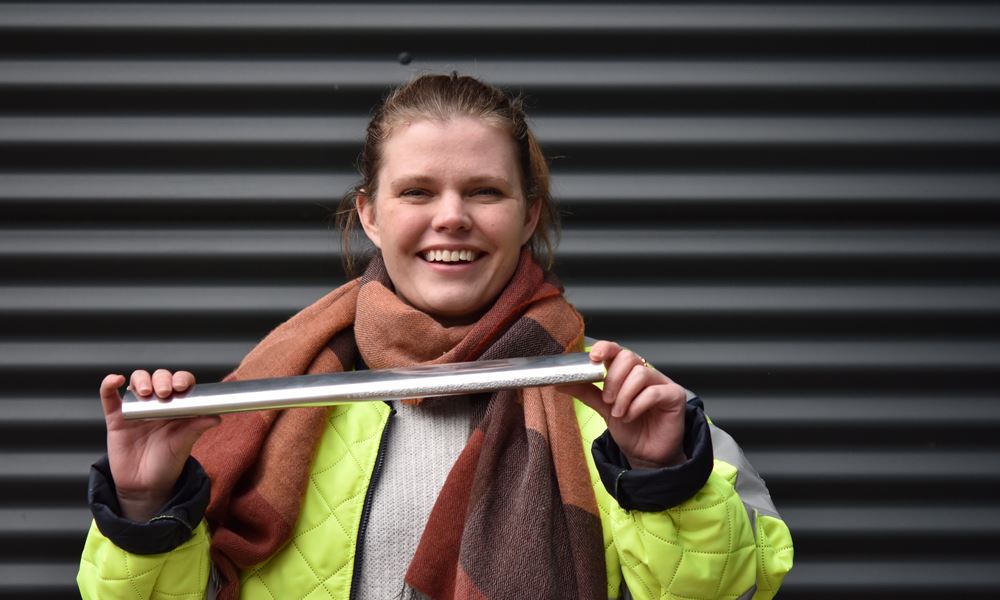
With the extensive knowledge coming out of the work of Kine and her colleagues, their team is an important knowledge hub, possessing valuable experience of testing various materials’ capabilities, as well as a deep understanding of overall challenges, tendencies, and developments within the field of rain erosion. This knowledge extends beyond our own company.
Kine’s team is already meeting new players, such as material providers and test equipment manufacturers who are just entering the market, as well as research institutes getting increasingly involved with the topic, to discuss ways to standardize and accelerate development.
Kine joined Siemens Gamesa three years ago after graduating as a mechanical engineer, and she has been responsible for rain erosion testing for the past 18 months. Standing by her testing machine – an item that engineers in Siemens Gamesa have played a major role in developing over the years – she explains: “Here, we fix a piece of the material we want to test and spin it while the machine simulates rain. We expose it to the loads that are equivalent to 25 years in the field to get a clear view of what happens to the material in that time,” she elaborates. “We then investigate what exactly happens when the rain hits the components, why the material breaks down, and which material qualities are important for it to be able to endure the forces that the product is exposed to in the field. Our designers then look for these qualities when developing new components and solutions,” she says.
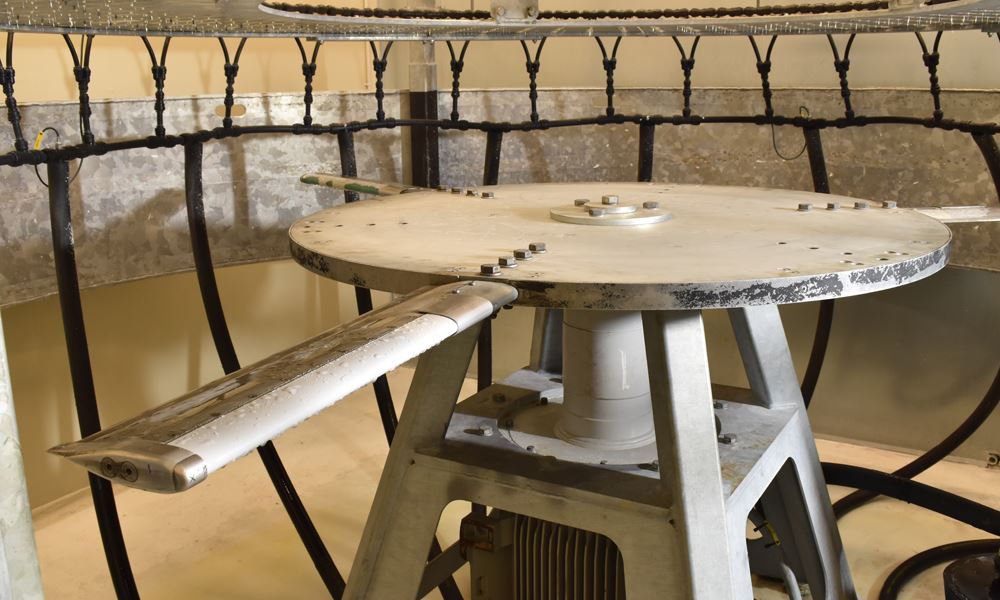
Siemens Gamesa’s own PowerEdgeTM for protection of the blades’ leading edges is a result of the work carried out by Kine and her team. “We did a lot of testing before arriving at the conclusion that this was the best solution to be developed and offered to our clients,” says Kine, while stressing that she and her team are continuously testing and investigating new and improved solutions in collaboration with their internal stakeholders in the design- and product development teams.
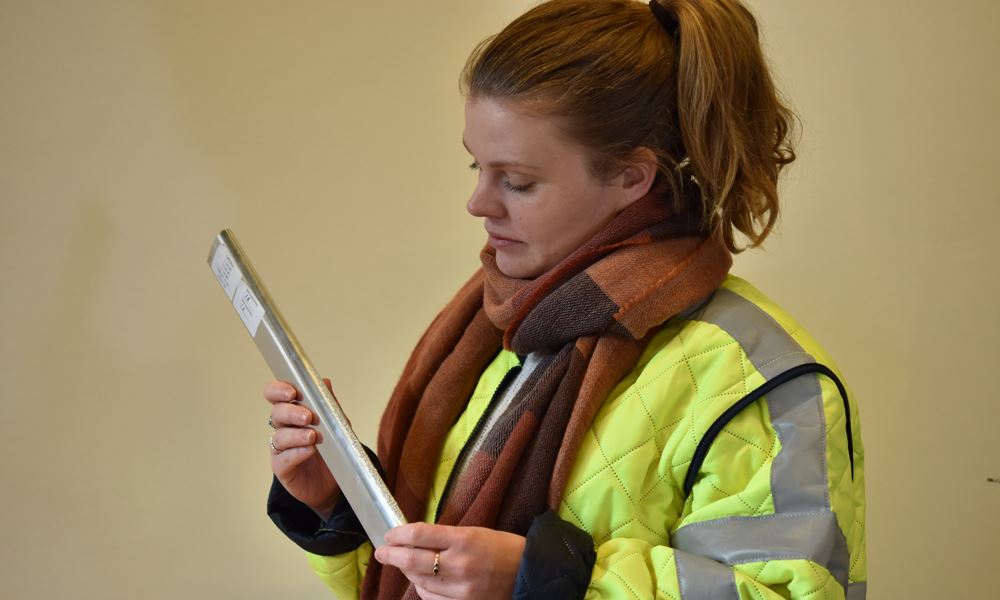
There is a lot of unexplored knowledge in the area of rain erosion, which will benefit not only wind turbine blade manufacturers, but which can also likely be transferred to other industries. Work that started in Siemens Gamesa’s test facilities – work carried out by people like Kine – is already leading to industry growth and is likely to give work to universities and research institutes in the future as well, creating a world of difference.

